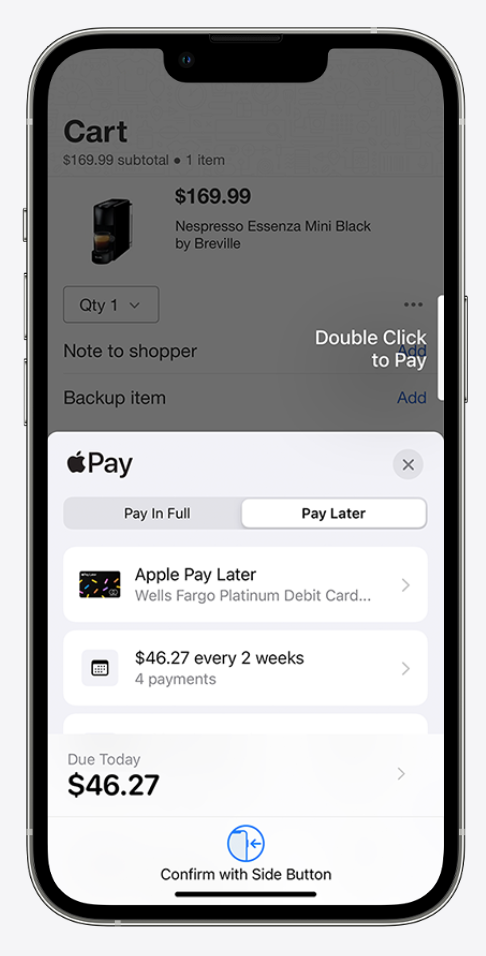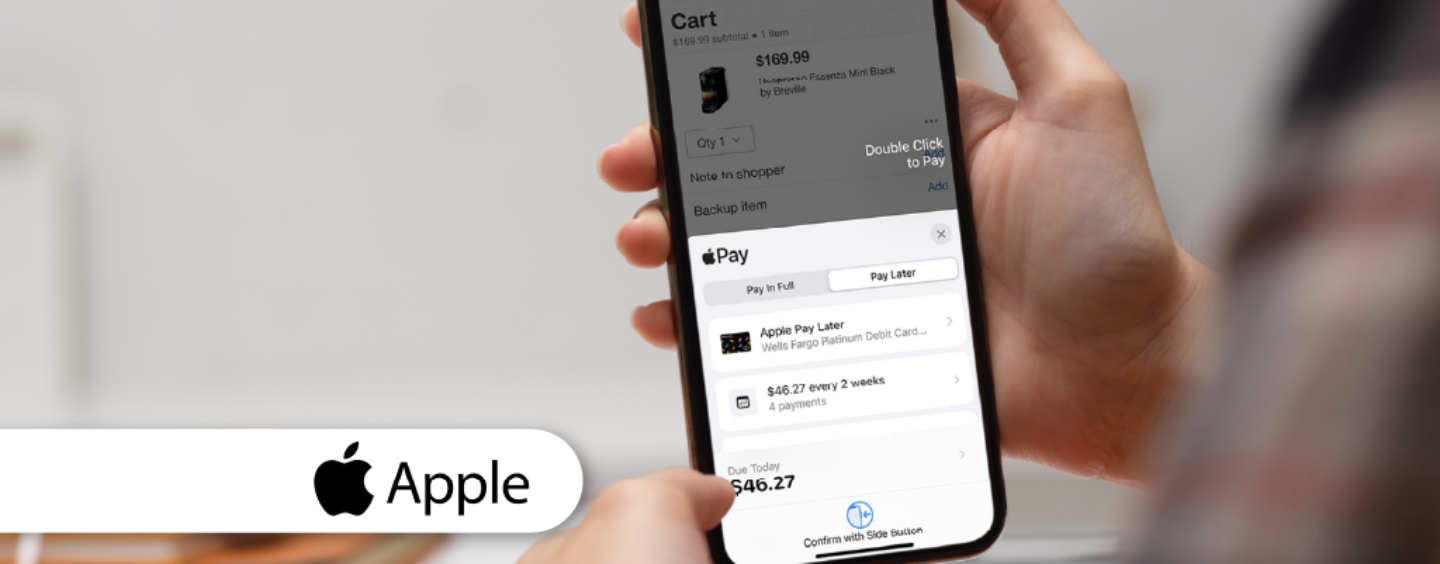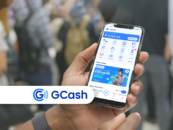Apple is running an internal test of its buy now, pay later (BNPL) product, gearing up for the public release of the new service in the US. The feature, which was announced at the Worldwide Developers Conference 2022, is currently being trialed by Apple employees and will be “launching soon,” Apple CEO Tim Cook told CNBC in an interview.
Announced in June 2022, Apple Pay Later is a new BNPL product that aims to let users split up the cost of a purchase made with Apple Pay into four equal installments over six weeks without charging any fee or interest. The service is meant to be integrated with the mobile payment service as well as Apple Wallet, allowing users to track what they owe and when they owe it.
A new report by Bloomberg’s Apple and consumer tech reporter Mark Gurman revealed that the company could launch Apple Pay Later in the coming week after releasing the test to thousands of retail employees earlier this month.
Details of the scheme’s mechanism and criteria were shared to the reporter, revealing that the service evaluated borrowers based on their spending history, which Apple devices they own, and whether or not they had applied for an Apple Card credit card or other cards linked to their Apple Pay accounts. The evaluation determined whether or not the company was willing to lend money to the applicant and how big that amount would be. Many testers said they saw loan approvals for US$1,000 and under.
An Apple Pay Later loan offer would expire after 30 days, the report says, and applications would sometimes require a copy of a government identification card, full social security number and two-step verification on an Apple account.

Apple Pay Later mockup, Source: Apple.com
Apple Pay Later was initially slated to be released in the autumn 2022 as part of the company’s new operating system, iOS 16. The service, however, did not debut in September 2022 with the release.
“This leads me to believe that the company isn’t completely certain when Apple Pay Later will be ready for launch. It’s possible the feature won’t arrive until iOS 16.4 in the spring,” Bloomberg’s Gurman wrote in his Power On newsletter. “I’m hearing there have been fairly significant technical and engineering challenges in rolling out the service, leading to the delays.”
Apple’s forthcoming BNPL scheme is part of a broader push into financial services which the tech giant perceives as a big growth opportunity. The firm is betting on new services to help sustain growth and expand beyond consumer electronics and software.
Apple’s products sales for the end of the year quarter were down more than 7% compared to the same period in 2021, according to the company’s Q1 2023 financial results. Net services sales, however, grew by more than 6%, reaching an all-time revenue record of US$20.8 billion.
BNPL has been one of the fastest-growing fintech segments over the past years. According to Worldpay, BNPL accounted for 3.8% of North American e-commerce transaction value in 2021, more than double its share the year prior (1.6%). By 2025, BNPL is projected to more than double again to 8.5% of regional e-commerce transaction value in the region.
Apple’s fintech moves
Apple Pay Later will mark the first time the company uses an in-house payment platform and conducts lending itself. Last year, it established a wholly-owned subsidiary called Apple Financial that’s meant to handle applications, lending and credit approvals from Apple Pay Later.
A Bloomberg report also revealed in June 2022 the secret “Breakout” initiative kickstarted by the company. The plan is allegedly seeking to bring more financial services capabilities, including payment processing, risk and fraud analysis, credit checks, subscription programs for hardware purchases, and BNPL, in-house, further hinting at a desire from Apple to reduce its dependency on third parties and banking partners.
Apple entered the financial services space in 2014 with the launch of its Apple Pay mobile payment service. This was followed in 2017 by the introduction of Apple Cash, a solution that allows users in the US to send and receive money, hold an Apple Cash balance and transfer money back to a bank account easily.
In 2019, it launched the Apple Card, a credit card created by Apple and issued by Goldman Sachs. The card is designed primarily to be used with Apple Pay on Apple devices such as an iPhone, iPad, Apple Watch, or Mac. It’s currently available only in the US and clocked 6.7 million American cardholders in early 2022.
Besides the forthcoming Apple Pay Later, other consumer fintech products are reportedly in the works, including the Apple Savings account, a “high-yield” interest-bearing savings account that will be administered by Goldman Sachs.
Apple, which has been operating in the finance market for less than a decade, has nevertheless managed to gain a notable foothold in a relatively short period of time.
According to a 2023 report by Dutch consultancy and mergers and acquisitions advisory firm Flagship Advisory Partners, Apple controlled an estimated US$800 billion worth of payments in 2022.
About 3% of all Visa and Mastercard consumer card value and 10-12% of Visa and Mastercard card transactions in North America and Europe went through Apple Pay last year, the report claims, making the American tech firm a significant fintech player globally.
Featured image credit: edited from Freepik






